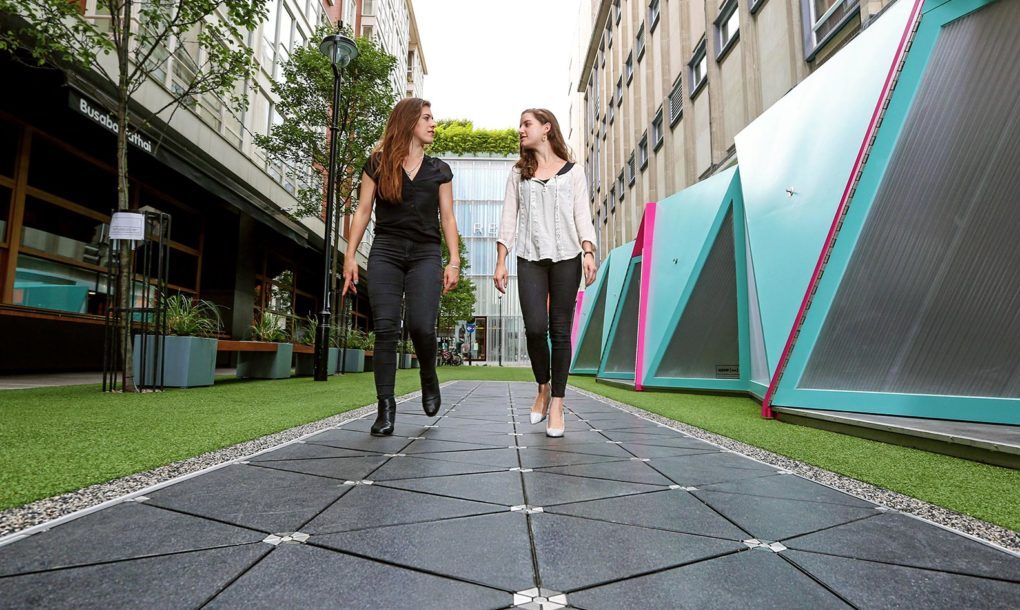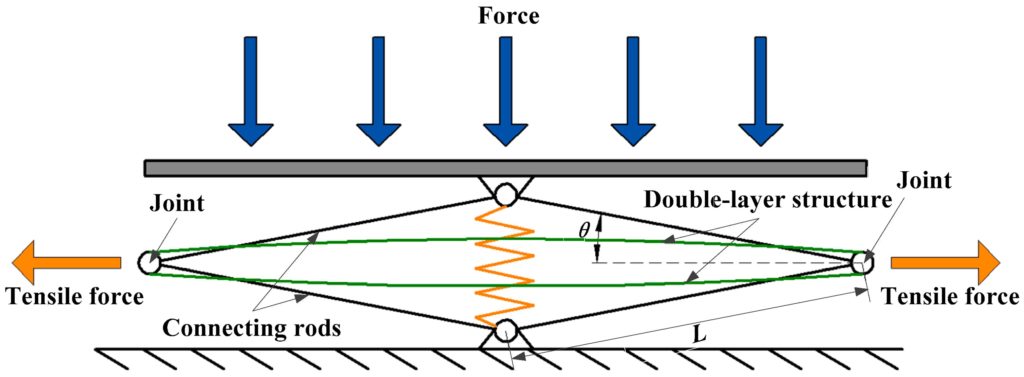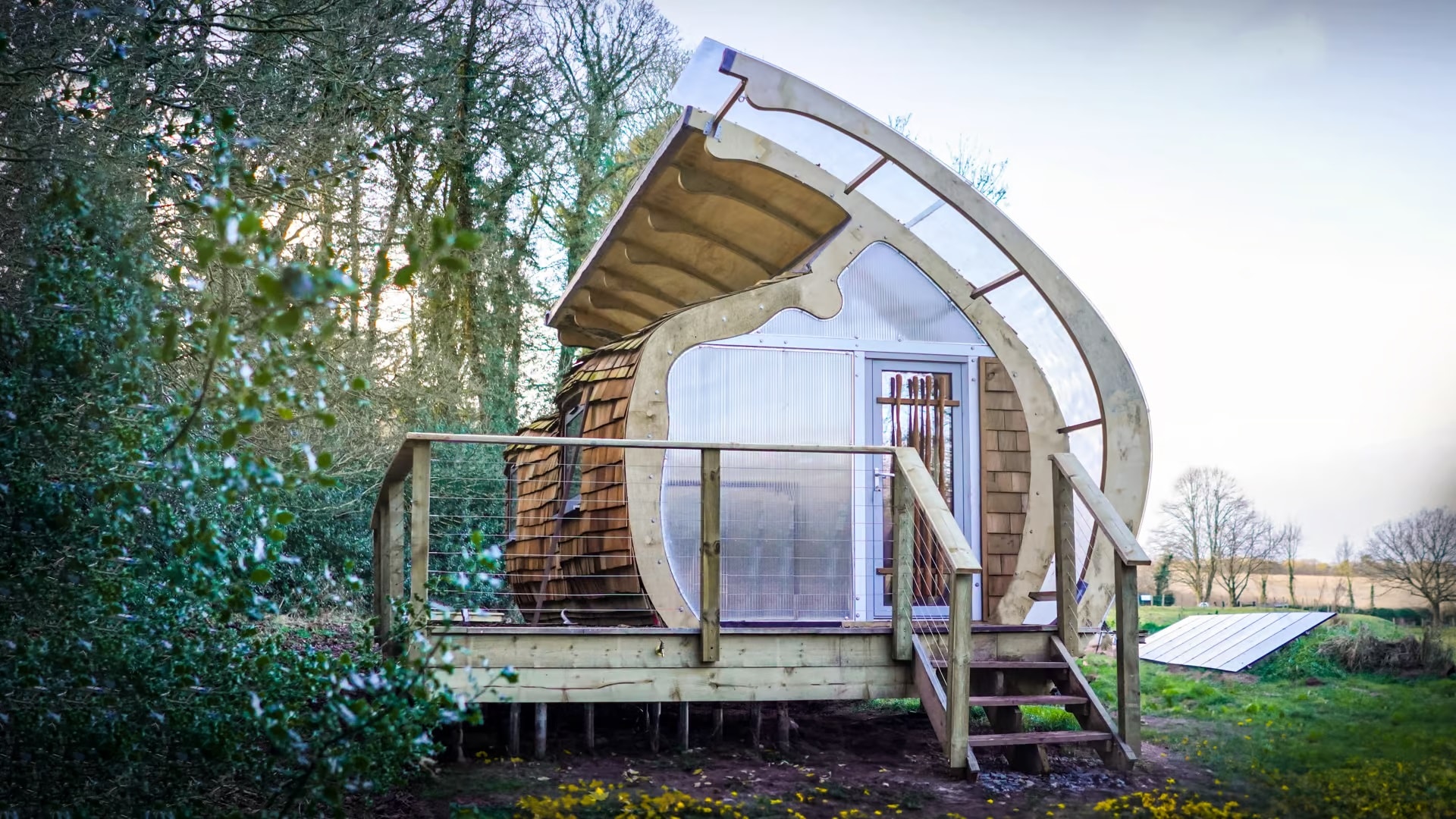In the future we could make enough electricity to power entire cities simply by driving to work, going shopping or driving on our vacations. The secret lives in piezoelectric energy. Even simply walking on a sidewalk can help.

Piezoelectricity also called the piezoelectric effect, is the ability of certain materials to generate an AC (alternating current) voltage when subjected to mechanical stress or vibration, or vibrate when subjected to an AC voltage, or both. The most common piezoelectric material is quartz.
Harvesting that piezoelectric energy is the mission of Pavegen, the maker of tiles that can absorb that energy and turn it into lasting power. The industry’s mission doesn’t end there, though, as the technology might scale to bridges and roadways, soaking up the power that cars and trucks vibrate into the surface.
At Berlin’s 2017 Festival of Lights, 176 tiles powered a 26-square-meter light installation for 10 days. Pavegen triangular tiles lit up a purpose-built mini-park in Washington, D.C.’s, Dupont Circle. On their own, these projects are small. But they pave the way to something greater.
Where piezoelectric energy might make more of a tangible impact is on roads and railways.
Proof of concept for harvesting piezoelectric energy from cars has happened in Israel, where Innowattech collected 2,000 watts per hour on a 10-meter platform in regular traffic conditions on the country’s main north-south highway. The cars’ weight, motion, vibration, and temperature all contributed kinetic energy, which batteries on the side of the road stored. In theory, a complete four-lane highway with such technology under the surface could capture a megawatt-hour of energy, enough to power 2,500 homes. Calibrating the collection sensors on a large scale has proved an obstacle, however.

That vibration can provide harvestable energy is a welcome development. It means that any machine in any factory can be a source of piezoelectric energy. Perpetuum, a U.K.-based company like Pavegen, has found a way to harvest it, from manufacturing machines and train cars. The vibrations power sensors monitor the machines’ performance for predictive maintenance that saves energy, emissions, and productivity. Perpetuum’s tech caught the eye of Hitachi, which bought the company and made it part of its rail division in 2020.
Scaling up piezoelectric energy can add important contributions to the further development of renewable energy and pave the way for net-zero communities.
CLICK HERE to read the entire Boss Magazine article
Gary Fleisher, Contributing Editor



